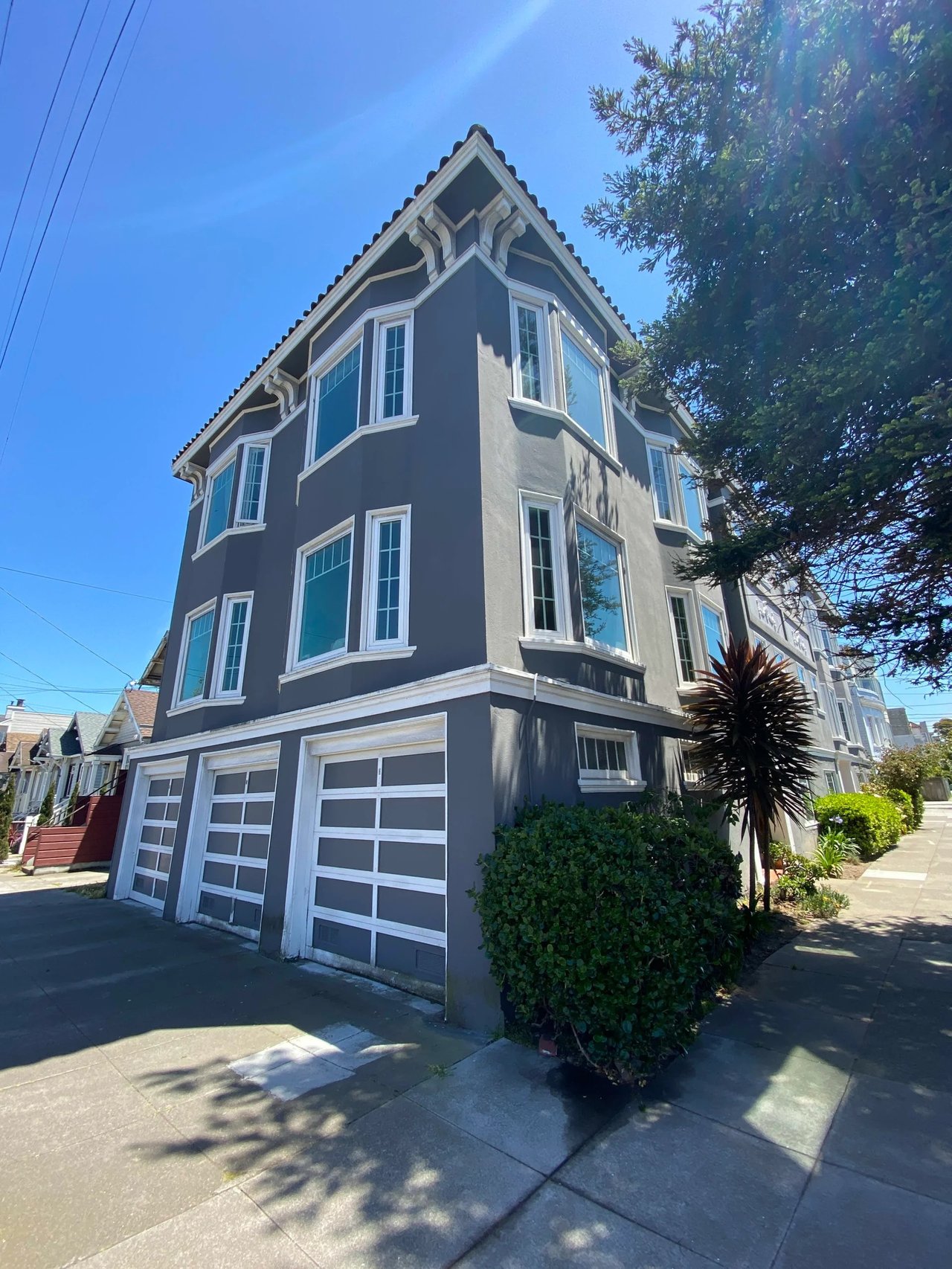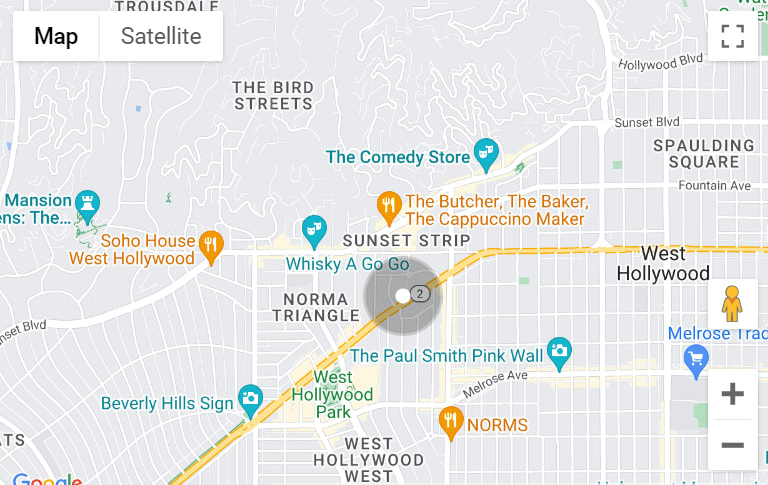What's Your Property Really Worth? Get Your Free Valuation
Get a professional, data-driven valuation of your commercial property in 48 hours. Our expert analysis considers market trends, location dynamics, and recent comparable sales to provide you with an accurate assessment - for FREE!

